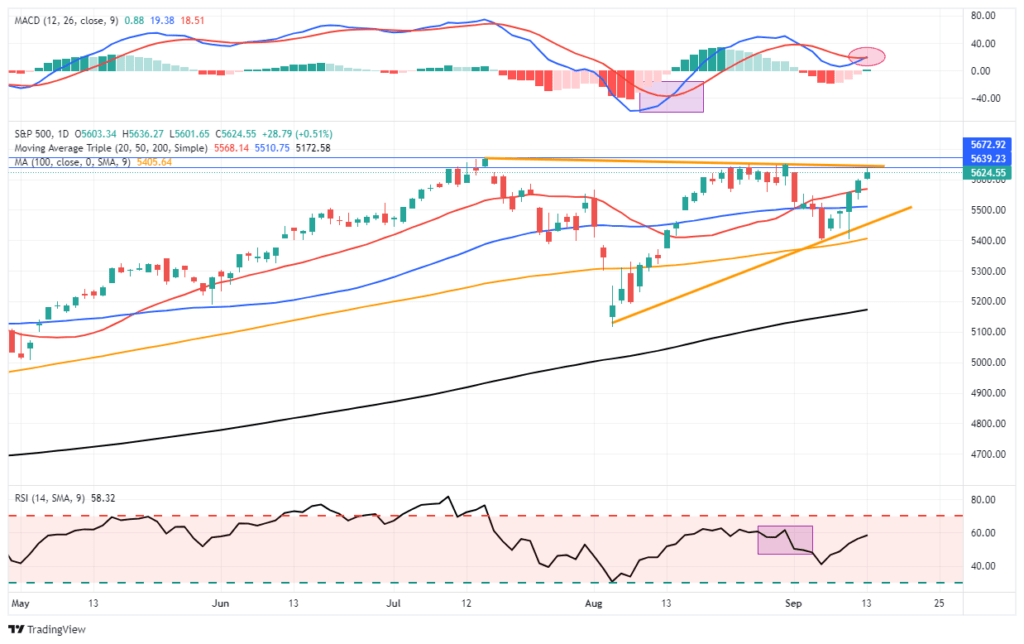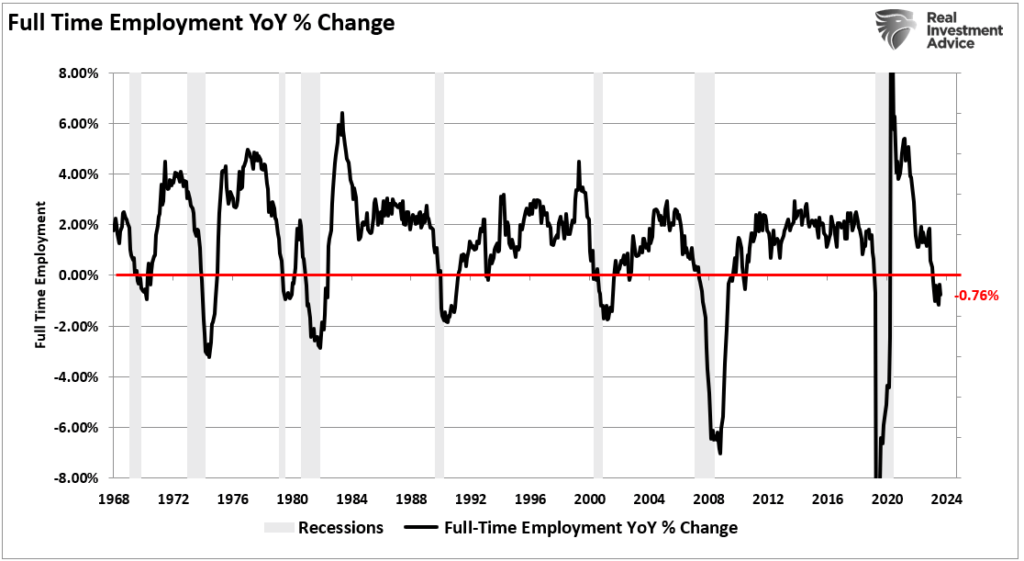Despite improving investor sentiment as the markets approach all-time highs, recent price action in the yen and Fed Funds futures warns that it may be too early to think the recent volatility is over.
Let’s start with the yen and what it has done since wreaking havoc on the markets in early August. The graph on the left shows the yen started rallying against the dollar in early July as the BOJ raised rates while prospects of a Fed rate cut were increasing. Few paid attention to the yen until August 5th, when it spiked and created havoc in the asset markets. The volatility resulted from some investors quickly unwinding the yen carry trade. The BOJ verbally responded, easing market concerns; with it, the yen gave up some ground versus the dollar. However, the yen has slowly been appreciating compared to the dollar and is now trading above the August 5th levels. There should be some concern that further appreciation will force more yen carry unwinds, resulting in downward pressure on U.S. equities.
Following the CPI and BLS employment reports, the Fed Funds futures market reduced the odds the Fed would cut rates by 50bps to a mere 5% chance. On Thursday, it spiked back to nearly 50%, as shown in the graph on the right. With no real economic data to sway the Fed’s decision, the quick change in odds is curious. It may not mean much, but it certainly bears paying attention to. Both the appreciation of the yen and the quick change in Fed expectations may prove to be nothing. But given the recent spate of volatility, up and down, complacency is ill-advised.
What To Watch Today
Earnings
- No notable earnings releases today.
Economy
Market Trading Update
As noted last week, the market broke the 50-DMA and closed the week at the 100-DMA. Things did not look good heading into this week. However, the market rallied off the 100-DMA and retraced to the 50-DMA. Then, on Wednesday morning, a hotter-than-expected CPI report led to a sharp 1.5% selloff that retested the 100-DMA a second time. Things looked a bit dire, but strong words from Nvidia’s (NVDA) CEO sent stocks surging higher to a 1% gain by the close. That reversal cleared resistance at the 50-DMA, confirming the retest of the previous support. That bullish action continued through Friday, clearing the 20-DMA as well.
The market will challenge the recent highs next week. The trend of higher lows and the triggering of the MACD “buy signal” all suggest the recent correction phase is over for now. While the backdrop to the market is bullish, there is still some risk over the next month as we head into the beginning of earnings season and the November election.
We continue to suggest remaining somewhat hedged against potential market volatility by taking profits, rebalancing risk, increasing cash levels, and raising stop loss levels. Outside of those “defensive” actions, the market remains bullishly biased, and there is little reason for more negative positioning at this time.
Does that mean there is “no” risk to the markets? Of course not. This past weekend’s newsletter discussed three market risks, including one from Friday, which we are watching closely heading into year-end.
The Week Ahead
The Wednesday Fed FOMC will be the highlight of the week. As we noted above, the odds have moved to 50/50 of whether they cut by 25bps or 50bps. A 50bps rate cut may concern investors as the economic data doesn’t warrant such an aggressive move. If they cut by 50bps, investors may wonder- what does the Fed know that the market doesn’t? We will look for indications of how many more rate cuts will likely follow in the months ahead. Moreover, we think there is the possibility they further reduce the monthly amount of QT.
Retail Sales will come out on Tuesday before the Fed meeting. The current estimate is for a gain of 0.3%, which would be well below the 1% from the prior month but in line with the majority of 2024.
Labor Market Impact On The Stock Market
The August jobs report highlighted a critical reality: the labor market is cooling off. While the headline figures seemed decent, the underlying data reveals clear warning signs that worker demand is slowing. Investors should pay attention because the link between employment and its impact on the economy and the market is undeniable. While often overlooked, as we will discuss, there is an undeniable link between economic activity and corporate earnings.
Tweet of the Day
“Want to achieve better long-term success in managing your portfolio? Here are our 15-trading rules for managing market risks.”








